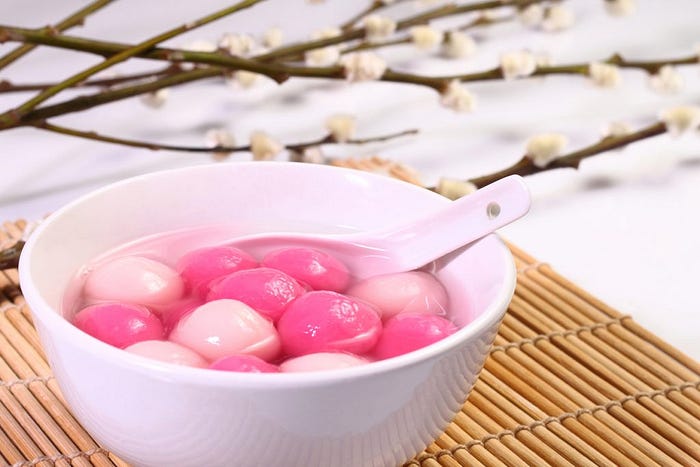a poem of seasonal observances: Chinese Solar Terms
One of our favourite books is Liza Dalby’s The Tale of Murasaki, a historical novel about the life of the famous writer of the Tale of Genji. Before she becomes Murasaki Shikibu, the book imagines the character of Fuji, a quiet but fiercely intelligent poet with a keen sensitivity for seasons and nature.
Time is marked in the book by a Chinese calendar that Fuji follows in her journal, with seasons divided into poetic titles for natural events: East Wind Melts the Ice for the beginning of spring, or Rotted Weeds Turn Into Fireflies for the height of summer.

Penguin Random House, 2008.
Today East Asians use the Gregorian calendar, but many seasonal festivals in China, Japan and Korea rely on this ancient calendar known as the 24 Solar Terms, or the Jié Qì (节气).

The solar year starts with Dōng Zhì (冬至), the Winter Solstice, around December 22, while the lunisolar year that the calendar is based on begins with Lì Chūn (立春), the beginning of spring.

Seeing these terms strictly divided and charted seems academic, but the passing of the solar terms, like saints’ birthdays in the Catholic year, are marked with feasts and celebrations.
The Winter Solstice festival in China celebrates the year beginning to move from deepest yin into yang, with the daylight beginning to lengthen again. Chinese families gather to worship their ancestors at the temple, then hold a feast with hot dumplings, lamb soup and rice cakes.

The Qīngmíng (淸明) festival is also known as Tomb-Sweeping Day, when Chinese families visit the graves of their ancestors and wash, sweep and decorate the cemetery plots. It’s also a time of family reunions, drinking fresh tea (the Chinese note that tea leaves picked before Qīngmíng are lighter and subtler than when picked afterward), and travelling.

Qīufēn (秋分), the autumnal equinox, is the time of the Mid-Autumn Festival — the feast of the Harvest Moon. People swarm to the temples and holy sites to eat mooncakes, go moon-viewing, and offer fruits and round pastries to the spirits.

The seasonal observances have inspired paintings, poetry, and endless creative outflow over centuries, from 9th-century Chinese poet Du Mu to Murasaki’s Genji and Sei Shōnagon’s Pillow Book, Vietnamese epic poetry and modern authors like Liza Dalby and Amy Tan.

We hope that the seasons continue to inspire new forms of art, and that the rhythms of the seasons continue to feed our spirits for years to come.
Originally published at http://woaworld.blogspot.com.







